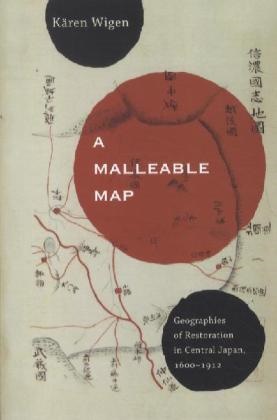Read more
Kären Wigen explores regional cartography, choreography, and stagecraft to redefine restoration (ishin) in modern Japanese history. As developed here, that term designates not the quick coup détat of 1868 but a three-centuries-long project of rehabilitating an ancient map for modern purposes. Drawing on a wide range of geographical documents from Shinano (present-day Nagano Prefecture), Wigen argues that both the founder of the Tokugawa Shogunate (1600 - 1868) and the reformers of the Meiji era (1868 - 1912) recruited the classical map to serve the cause of administrative reform. Nor were they alone; provincial men of letters played an equally critical role in bringing imperial geography back to life in the countryside. To substantiate these claims, Wigen traces the continuing career of the classical courts most important unit of governance - the province - in central Honshu.
List of contents
Contents
List of Illustrations
Conventions Followed in the Text
Acknowledgments
Introduction
Part One. A Province Defined
1. Shinano in the Nation
2. Shinano Up Close
3. Shinano in the World
Part Two. A Province Restored
4. The Poetry of Statistics
5. Pedagogies of Place
6. A Pan-Provincial Press
Conclusion
Notes
Bibliography
Index
About the author
Kären Wigen is Professor of History at Stanford University. She is the author of The Making of a Japanese Periphery and co-author of The Myth of Continents: A Critique of Metageography, both from UC Press.
Summary
Kären Wigen probes regional cartography, choerography, and statecraft to redefine restoration (ishin) in modern Japanese history. As developed here, that term designates not the quick coup d’état of 1868 but a three-centuries-long project of rehabilitating an ancient map for modern purposes. Drawing on a wide range of geographical documents from Shinano (present-day Nagano Prefecture), Wigen argues that both the founder of the Tokugawa Shogunate (1600–1868) and the reformers of the Meiji era (1868–1912) recruited the classical map to serve the cause of administrative reform. Nor were they alone; provincial men of letters played an equally critical role in bringing imperial geography back to life in the countryside. To substantiate these claims, Wigen traces the continuing career of the classical court’s most important unit of governance—the province—in central Honshu.

